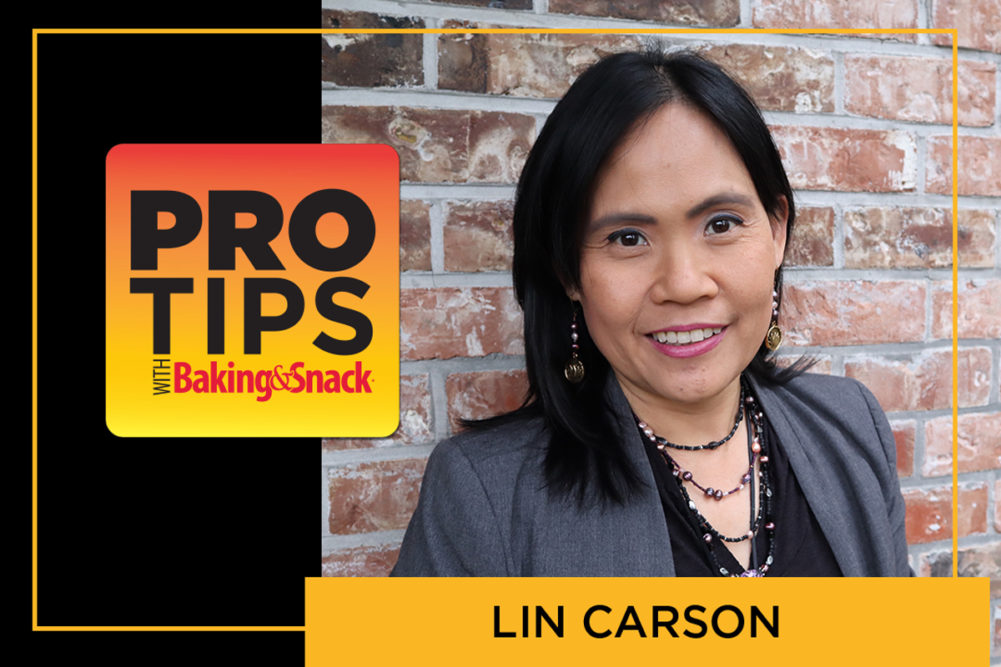Pro Tip: Wheat has unique physiological properties that make it well-suited to bread formulation.
Why do we use wheat in bread baking? Well, it’s the predominant grain used in the world for Western pan bread baking. Hard red winter or spring is the primary cereal grain for wheat bread production in the United States. There are other classes of wheat, but these two are the mainstays. Wheat as a grain has sufficient genetic diversity to create thousands of different types for different applications in baking.
This is what a wheat kernel looks like if we were to cut it in half.
As you can see, the bran is the outermost layer of the wheat berry. It is about 14.5% of the wheat kernel. It has no rheological function, meaning that it doesn’t provide any functional feature to the dough. In fact, too much of it will disrupt the dough and cause gas to escape.
It is high in nutrition, consisting of insoluble fiber, minerals and proteins.
Bran is usually used in whole wheat bread and buns and whole grain bread products.
The endosperm is the largest part, consisting of 83% of the wheat berry. It is the largest source of starch, and the only portion that produces white flour. Patent flour has the most endosperm and, therefore, performs the best. The endosperm contains gluten-forming proteins, minerals and fiber. It also contains the aleurone layer which is high in ash levels, minerals, vitamins and non-gluten forming proteins
The third and last important part of the wheat berry you should know about is the germ. The portion of the kernel that contains the most oil.
The germ is about 2.5% of the wheat kernel. It is high in lipid content.
The germ is necessary to produce sprouted grain, and it contains glutathione which is a reducing agent. It exists in whole wheat flour, but do be careful, as it contributes to the rancidity of the flour.
When milled, these components form the unique wheat flour that provides the gluten proteins, native starch, damaged starch and enzymes that contribute functionally to wheat bread texture.
To learn about these characteristics, read my next Pro Tip.
Lin Carson, PhD, is the founder and chief executive officer of Bakerpedia. You can connect with her on LinkedIn.






